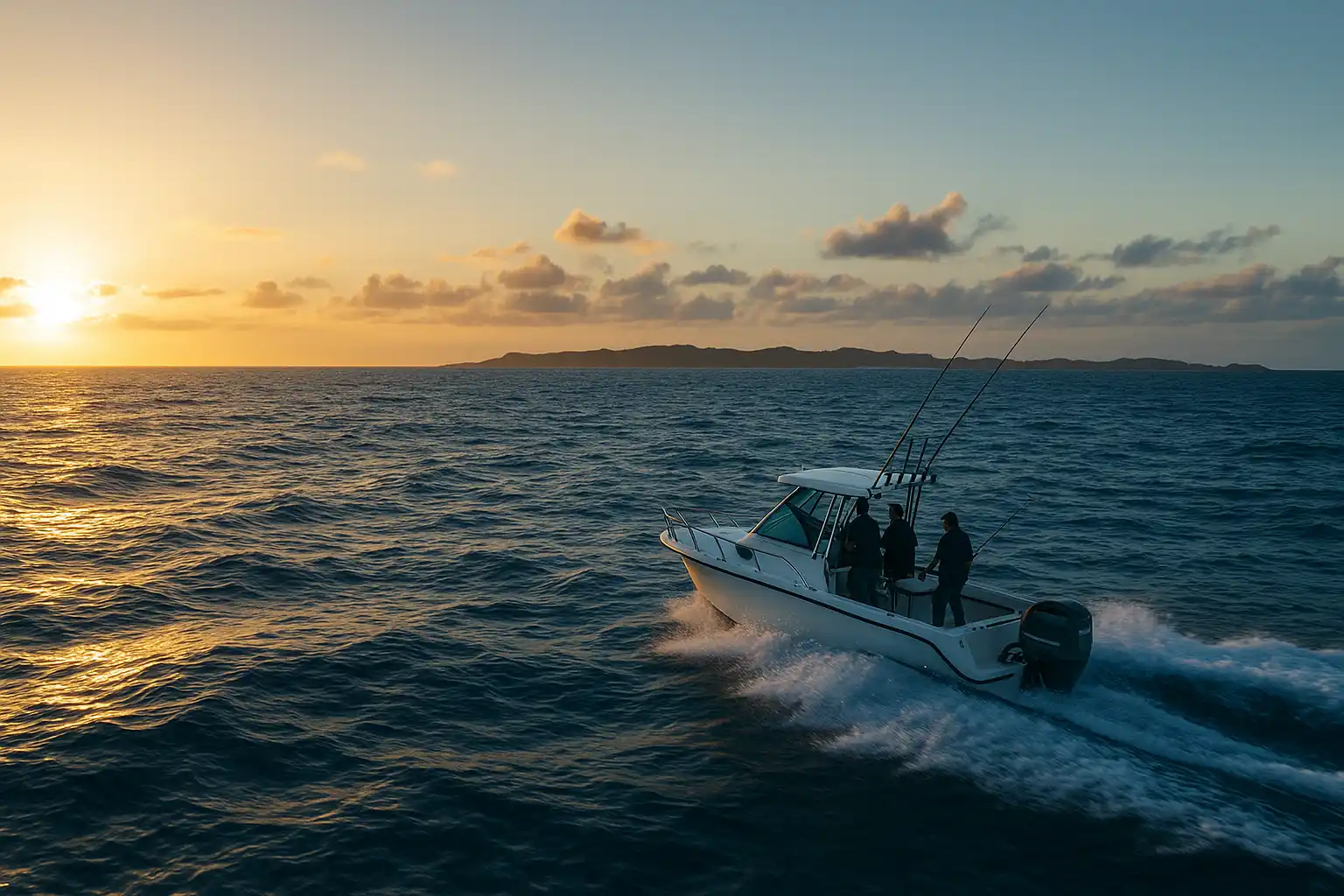
Discover the Best Estuary Fishing Across Tasmania
Victoria’s estuaries are some of the most accessible and rewarding fishing environments in the state. Whether you’re casting soft plastics for bream, drifting baits for flathead, or flicking lures around mangroves and snags, estuary fishing offers something year-round. This guide covers the best spots, practical safety advice, and how to use the tides to your advantage.
Victoria’s estuaries are diverse and productive fishing grounds where freshwater rivers meet the tidal pull of the ocean. These systems—ranging from expansive estuaries like the Gippsland Lakes and Snowy River to more compact spots like the Barwon and Werribee—create ideal conditions for popular species like black bream, estuary perch, flathead, and mulloway.
Each estuary presents a mix of habitats: shallow flats, deep channels, snag-laden banks, and tidal drains—all of which provide feeding grounds for different species at different stages of the tide. While some estuaries are bordered by townships and well-known access points, others remain relatively wild, offering peaceful, scenic fishing opportunities just a short drive from Melbourne or regional centres.
Success in Victoria’s estuaries often comes down to reading the water—watching how tides move through channels, noting baitfish activity, and adjusting techniques to suit the conditions. Whether you’re casting from shore, launching a kayak, or drifting in a boat, the variety of locations and consistent action make estuary fishing one of the most popular and rewarding styles of angling in the state.
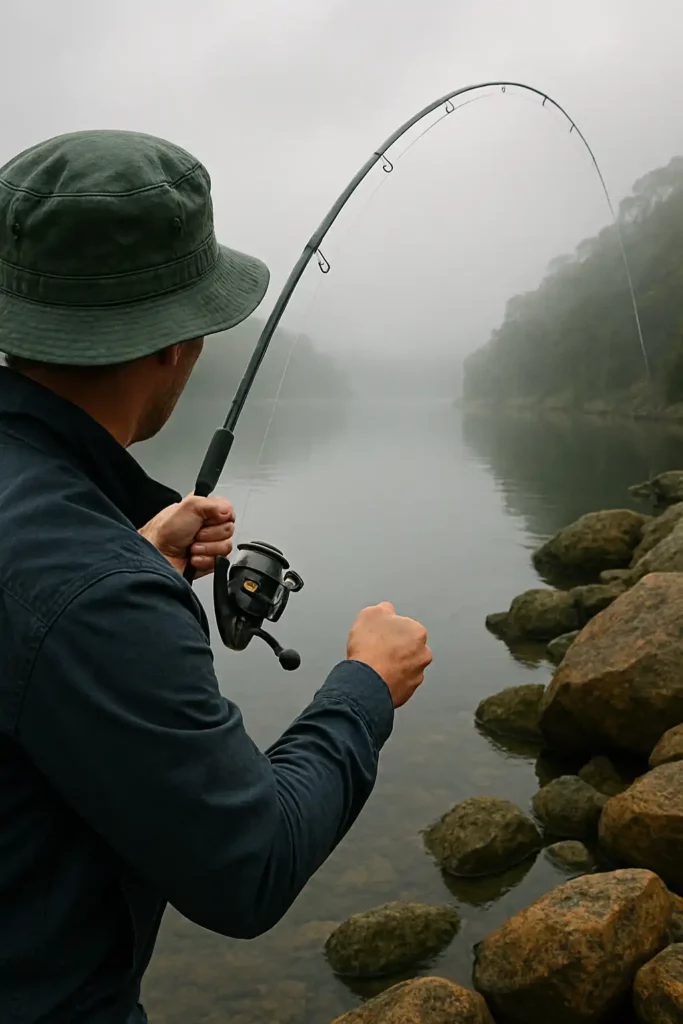
This region features rugged coastline interspersed with productive estuaries like the Hopkins and Curdies rivers. These systems are well known for reliable bream and perch fishing, especially around structure like snags and rock walls. Access is easy for land-based anglers, and many spots are kayak-friendly.
Best for: Black bream, estuary perch, mulloway
Top Spots: Hopkins River, Curdies River, Moyne River
Tip: Cast around structure during the outgoing tide using soft plastics or diving hardbodies for perch and bream.
Sheltered waters near Port Phillip Bay provide excellent estuary fishing opportunities with good access from both shore and boat. Systems like the Barwon River and Swan Bay offer year-round bream and flathead fishing.
Best for: Bream, flathead, mullet
Top Spots: Barwon River, Swan Bay, Salt Lagoon
Tip: Try peeled prawn or worm baits on the incoming tide around weed edges and drop-offs for bream and mullet.
Estuaries flowing into Western Port are rich with nutrients and support diverse fish populations. Creeks and inlets such as the Bass and Lang Lang Rivers offer consistent fishing with less pressure than the bay.
Best for: Bream, estuary perch, Australian salmon
Top Spots: Bass River, Lang Lang River, Hastings foreshore
Tip: Focus on low-light periods and rising tide for perch—surface lures and unweighted soft plastics can be deadly.
This area is a mecca for estuary anglers, with sprawling systems like the Gippsland Lakes and Snowy River delivering consistent action. These systems support year-round fishing and are ideal for boaters and land-based fishers alike.
Best for: Bream, flathead, luderick
Top Spots: Gippsland Lakes, Tambo River, Snowy River Estuary
Tip: In clear water, go light—6 lb leader and small lures near the edges can fool big bream.
Estuary fishing in Victoria calls for a flexible approach. Conditions can change quickly with shifting tides, wind direction, and freshwater inflows—especially after rain. From shallow, snag-filled creeks to wide-open estuaries like the Gippsland Lakes, anglers need to be adaptable in both gear and technique to stay productive and safe.
While many Victorian estuaries are easily accessed and close to towns, others—particularly along the Bass Coast and East Gippsland—can be more remote or subject to changing conditions. Sudden wind changes, rising tides, or strong currents can catch anglers off guard, especially those fishing from kayaks or small boats. High-visibility clothing, weather-aware planning, and basic safety habits can make all the difference.
Here’s what you’ll need to get the most out of your Victorian estuary fishing sessions:
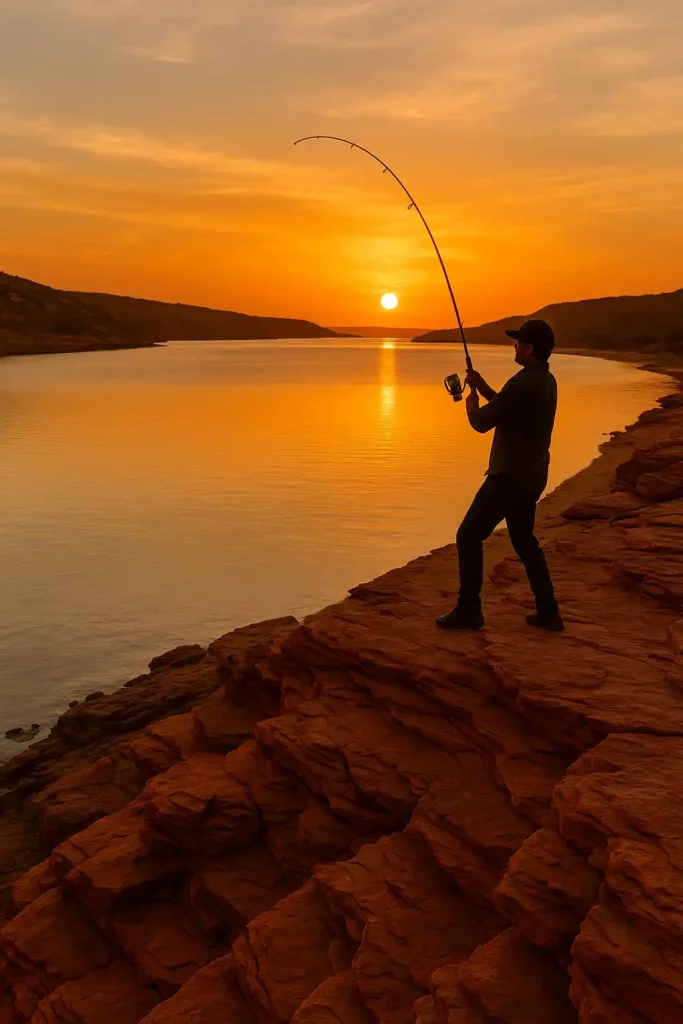
Many estuary areas in Victoria—especially in East Gippsland or along the Bass Coast—have patchy or no mobile coverage. Carry a basic emergency whistle, a waterproof torch, and consider a PLB (Personal Locator Beacon) if fishing remote or solo. It could save your life if weather turns or an accident happens.
Estuary fishing in Victoria rewards those who read the conditions and adapt their approach. Tides, weather, and water clarity all play a role in how fish behave. Whether you’re casting from shore, drifting in a kayak, or walking the banks, these tips will help you maximise your success.
Bream and flathead often move into the shallows to feed as water levels rise. Target the edges of sandbanks, weed beds, and mangrove lines with soft plastics or lightly weighted bait.
Snags, rock walls, bridge pylons, and pontoons attract baitfish and predatory species. Cast close and let your lure or bait drift naturally past the structure—this is often where the bite happens.
Many Victorian estuaries—like the Tambo or Barwon—can run very clear, especially in dry periods. Downsize your leader, use lighter weights, and fish with subtle, realistic lures to avoid spooking fish.
If you’re not getting bites after 15–20 minutes, move. Try a different bank, change lure colour or depth, or shift to a deeper hole or eddy. Covering ground increases your chances of finding feeding fish.
Take a moment to observe what baitfish are present in the water—mullet, whitebait, or shrimp are common in Victorian estuaries. Choose lures that closely mimic their size, colour, and movement. Subtle paddle tails or small hardbodies in natural tones often outfish flashy alternatives in clear water.

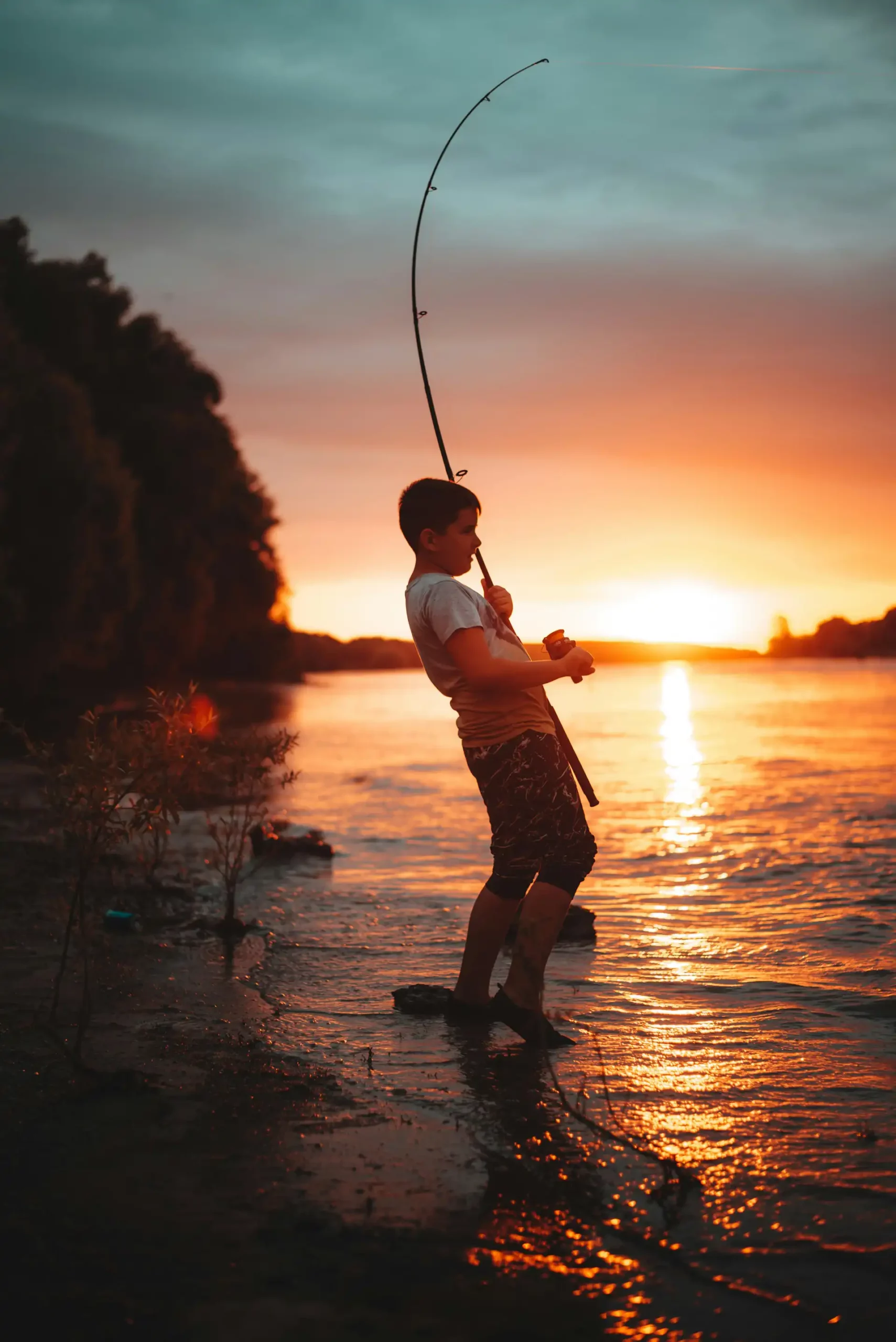
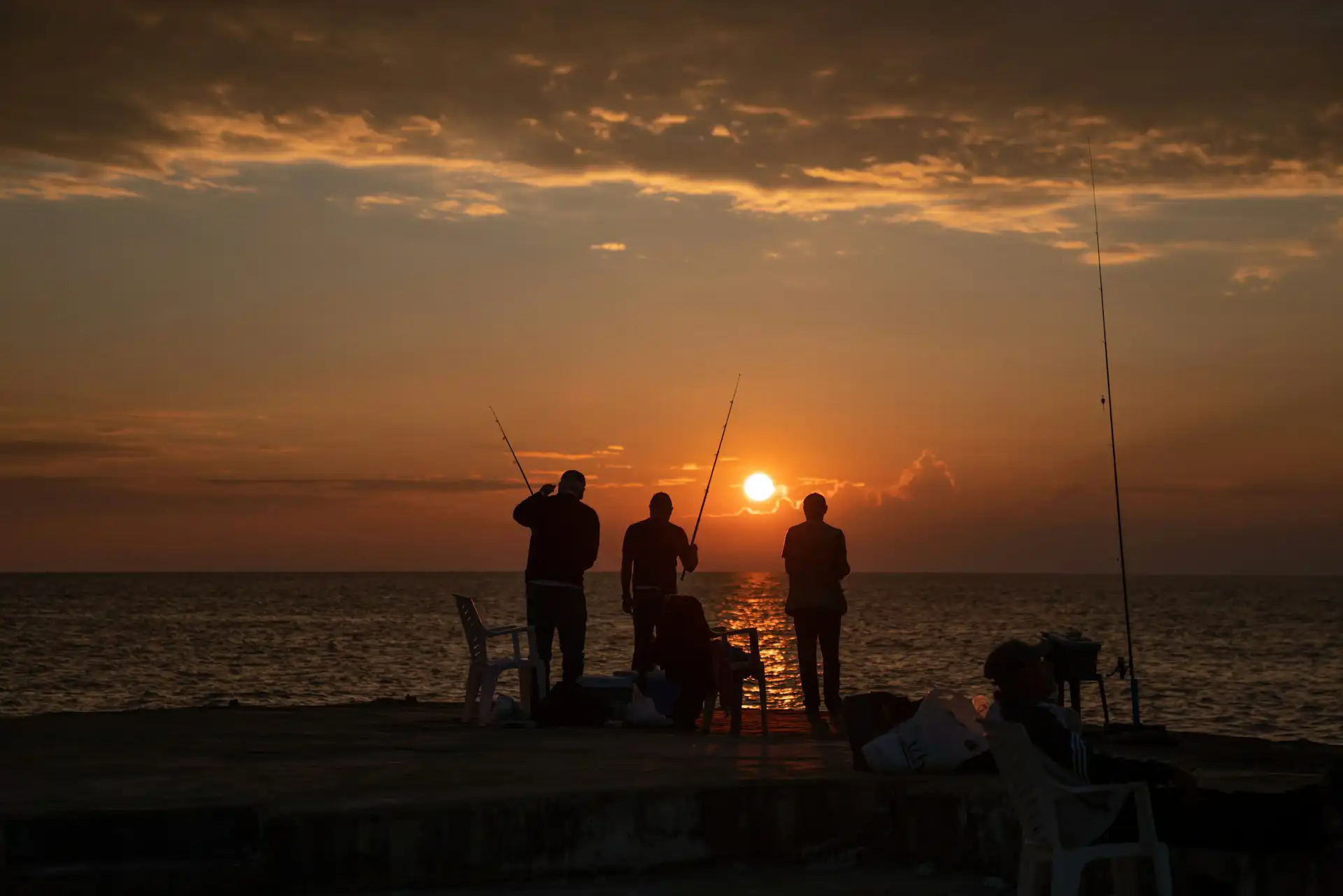
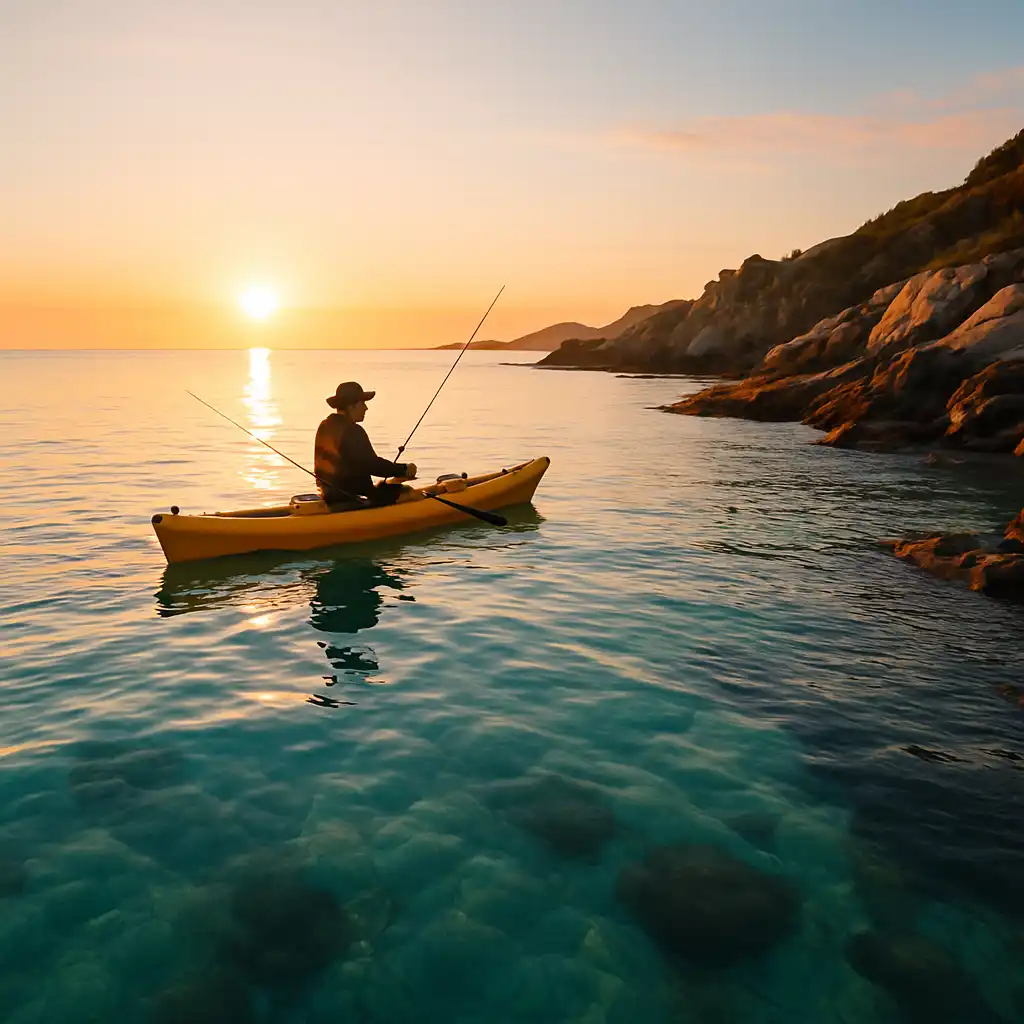

Affiliate Disclosure: We are a participant in the Amazon Services LLC Associates Program, an affiliate advertising program designed to provide a means for sites to earn advertising fees by linking to Amazon.com. As an Amazon Associate, We earn from qualifying purchases. Your support helps us keep this site running—thank you!